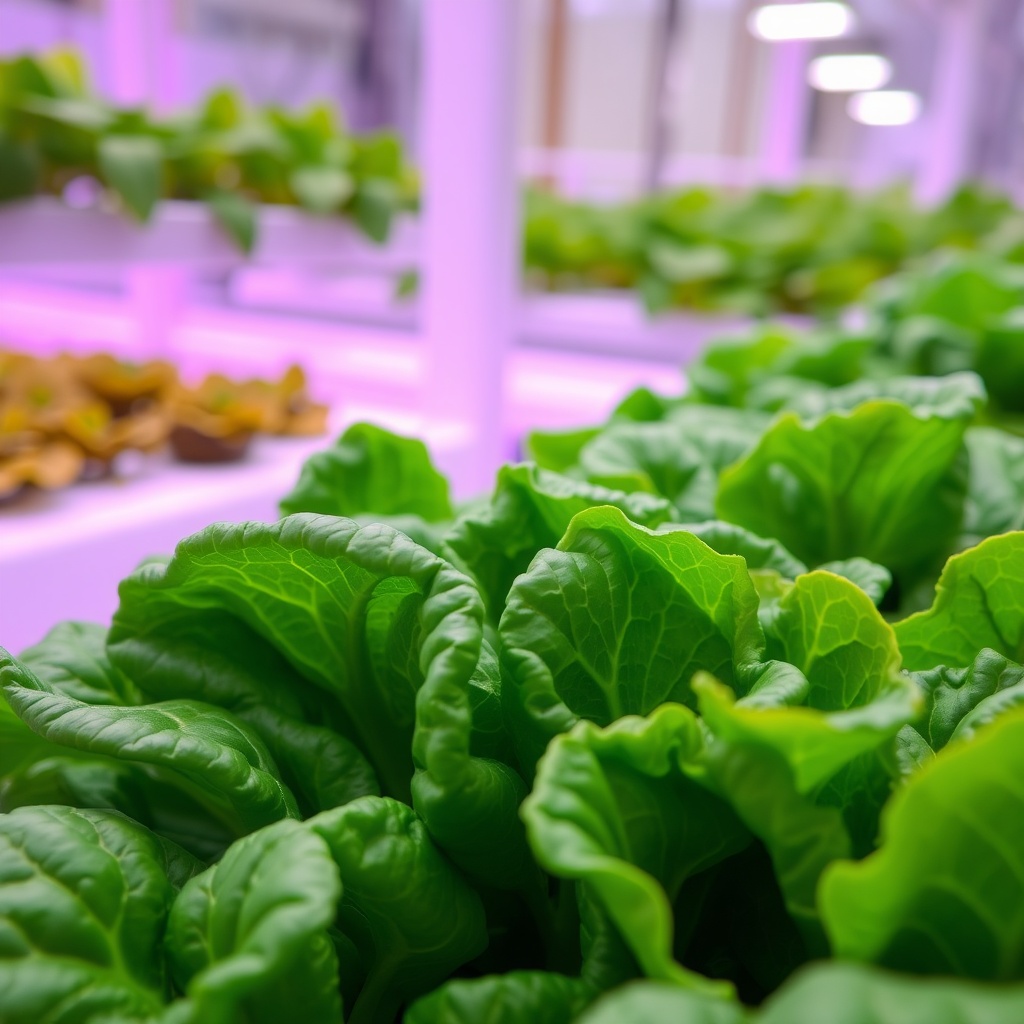Understanding the Role of EC in Hydroponics
Electrical conductivity (EC) is a vital aspect of hydroponic systems that can significantly influence plant health and growth. By measuring the concentration of soluble salts in nutrient solutions, EC serves as an indicator of nutrient availability. An optimal EC level ensures that plants receive the right amount of nutrients, promoting vigorous growth. However, improper EC levels can lead to nutrient deficiencies or toxicities, causing stress and stunted growth in crops. Thus, addressing EC issues is crucial for successful hydroponic farming.
Common EC Challenges and Their Solutions
In the world of hydroponics, various factors can lead to EC issues. Identifying and resolving these challenges is essential for maintaining a healthy growing environment. Below is a list of common EC problems along with their respective solutions:
- High EC Levels: High EC levels can lead to nutrient burn and stunted growth. Solution: Dilute the nutrient solution with additional water to lower the EC.
- Low EC Levels: Low EC can result in nutrient deficiencies, affecting plant health. Solution: Increase the concentration of the nutrient solution gradually.
- Fluctuating EC Levels: Inconsistent EC readings can confuse growers. Solution: Regularly monitor and adjust nutrient solutions to maintain stability.
Innovative Techniques for Maintaining Optimal EC
To ensure a thriving hydroponic system, growers must adopt innovative strategies for managing EC levels effectively. One such method is the use of advanced sensor technology, which allows for real-time monitoring of EC and other critical parameters. Additionally, integrating automated nutrient dosing systems can help maintain optimal EC levels with precision. Regularly scheduled nutrient solution changes and employing organic additives can also contribute to a balanced EC environment. By embracing these techniques, hydroponic growers can foster plant growth and maximize yields.




